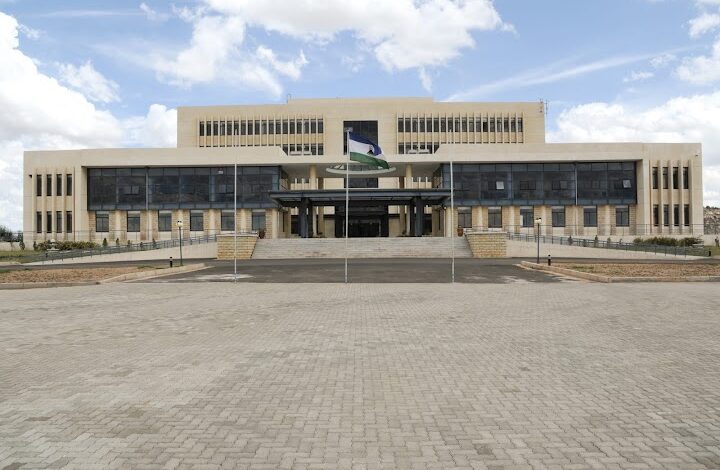20 Things You Should Know About Lesotho’s Parliament Building

The Parliament Building of Lesotho, located in the capital city of Maseru, is not only a significant political structure but also a symbol of the nation’s democratic values and architectural heritage. Here are 20 things you should know about this important landmark:
1. Location
The Parliament Building is situated in Maseru, Lesotho’s capital city. It occupies a prominent position in the city center, reflecting its importance in the governance of the nation.
2. Architectural Design
The building features a unique architectural style that combines modern and traditional elements. Its design reflects both the cultural heritage of Lesotho and contemporary influences.
3. Inauguration
The current Parliament Building was officially inaugurated on October 14, 1991. It replaced the previous structure, which was deemed inadequate for the needs of the growing legislative body.
4. Structure
The building is designed with a central dome, which is a distinctive feature symbolizing unity and stability. The central dome is flanked by two wings that house different parliamentary functions.
5. Legislative Chambers
The Parliament Building houses two chambers: the Senate and the National Assembly. The Senate is the upper house, while the National Assembly is the lower house of Lesotho’s bicameral parliament.
6. Seating Capacity
The building is designed to accommodate the needs of the members of parliament, with seating arrangements for both chambers that facilitate effective legislative sessions and discussions.
7. Symbolism
The Parliament Building’s design incorporates elements that symbolize Lesotho’s heritage and sovereignty. The use of local materials and traditional motifs reflects the country’s identity.
8. Cultural Significance
The building plays a central role in the political and cultural life of Lesotho. It is the venue for important legislative sessions, official ceremonies, and national events.
9. Security Features
Given its importance, the Parliament Building is equipped with advanced security features to ensure the safety of members of parliament and visitors.
10. Public Access
While the building is primarily a government facility, it is open to the public on certain occasions, such as national celebrations and tours, allowing citizens to engage with their democratic institutions.
11. Restoration
Over the years, the Parliament Building has undergone various renovations and restorations to maintain its structural integrity and modernize its facilities.
12. Green Building Initiatives
In recent years, there have been efforts to incorporate environmentally friendly practices and green building technologies into the maintenance and operation of the Parliament Building.
13. Architectural Features
The building’s architectural features include large windows that provide natural light and offer views of the surrounding landscape, blending the interior space with the natural environment.
14. Historical Context
The construction of the current Parliament Building was part of Lesotho’s broader effort to modernize its infrastructure and strengthen its democratic institutions following its independence.
15. Legislative Functions
The building serves as the center for legislative functions in Lesotho, where laws are debated, enacted, and scrutinized by elected representatives.
16. Ceremonial Role
In addition to its legislative functions, the building also hosts various ceremonial events, including the swearing-in of new members of parliament and official state functions.
17. Artwork
The interior of the building features artwork and decorations that reflect Lesotho’s cultural heritage, including traditional Basotho patterns and designs.
18. Educational Role
The Parliament Building serves an educational role by providing a space where citizens can learn about the legislative process and engage with their elected representatives.
19. Historical Events
Throughout its history, the Parliament Building has witnessed significant political events and milestones in Lesotho’s development as a democratic nation.
20. Future Plans
There are ongoing discussions and plans for further improvements to the Parliament Building to enhance its functionality and ensure it continues to meet the needs of Lesotho’s legislative body.
Lesotho’s Parliament Building is more than just a seat of government; it is a symbol of the nation’s democratic values, cultural heritage, and commitment to progress. Its unique design, historical significance, and role in the legislative process make it a landmark of great importance to both the government and the people of Lesotho.
Join 'Lesotho News' WhatsApp Channel
Get breaking Lesotho news — delivered directly to your WhatsApp.
CLICK HERE TO JOIN



